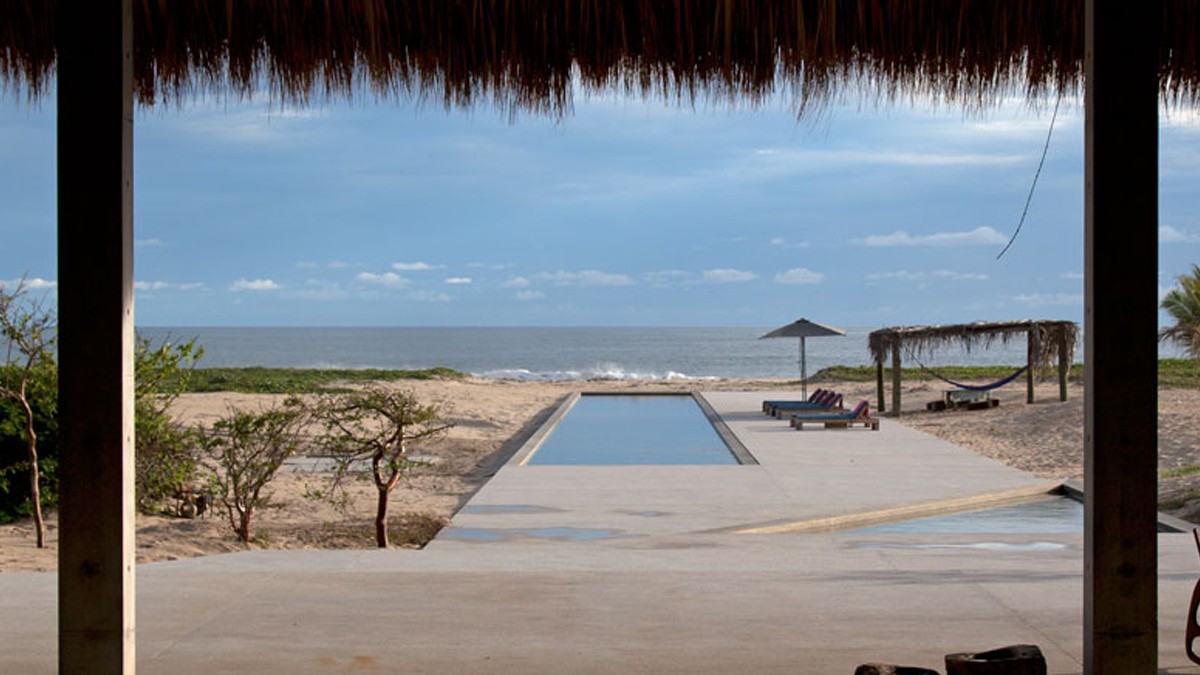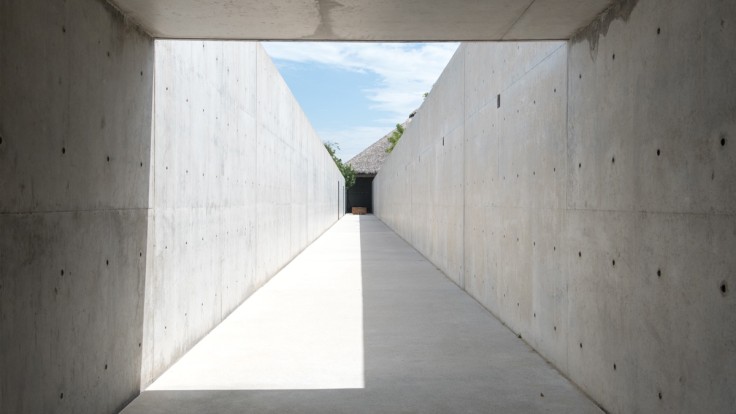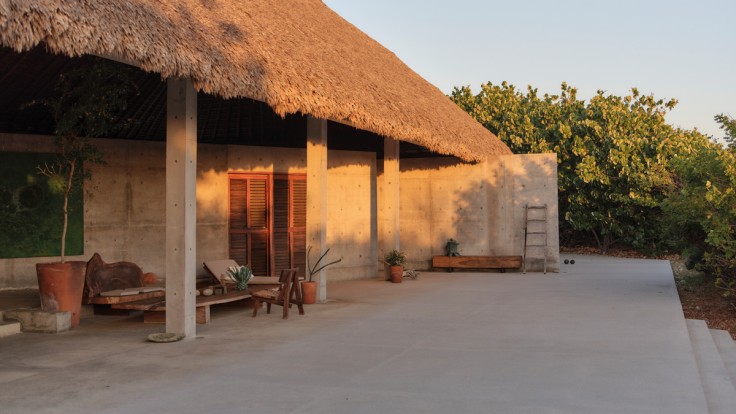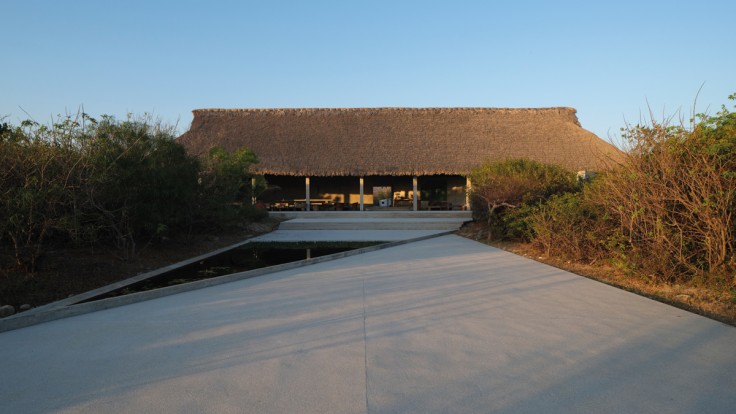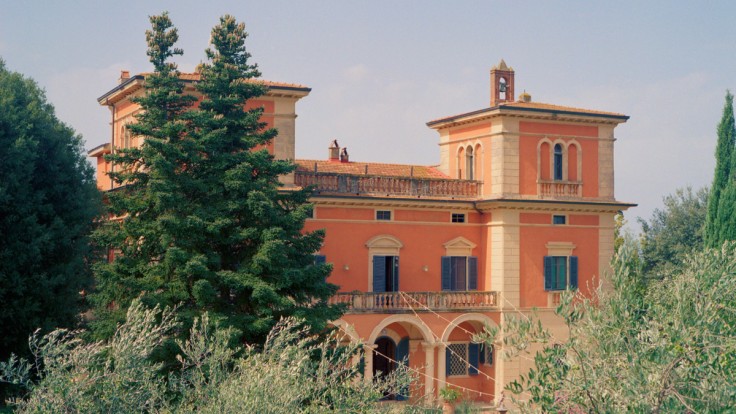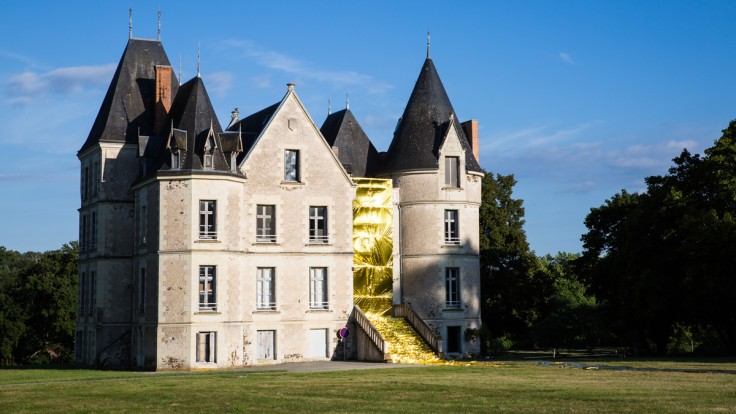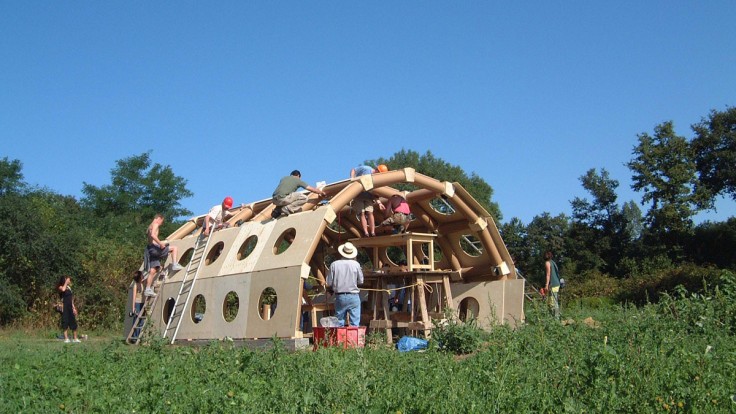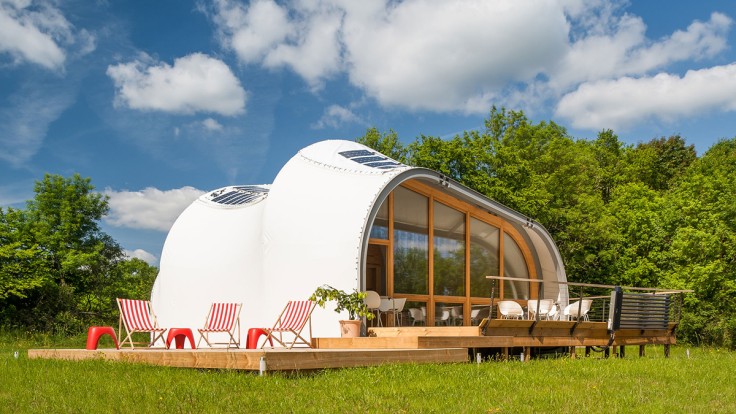Three Design Spaces to Live and Learn
This is where a global trend comes into play. From Mexico’s Pacific coast to the French countryside and the beautiful landscape of Tuscany, design residencies in unique settings have been gaining attention. They share a commitment to natural materials, local context, and thoughtfully designed spaces that encourage both calm and creativity.
What makes many of these places even more special is their openness: architecture and design enthusiasts are often invited to visit through tours, exhibitions, or curated programmes—making these residencies a source of inspiration well beyond the people who live and work in them.
The creative spaces presented are minimalist, pared-back or rustic, demonstrating the diversity of how creative people want to live and work. Further exciting living environments can be experienced live at idd cologne 2025 in the Design Hub Cologne.

